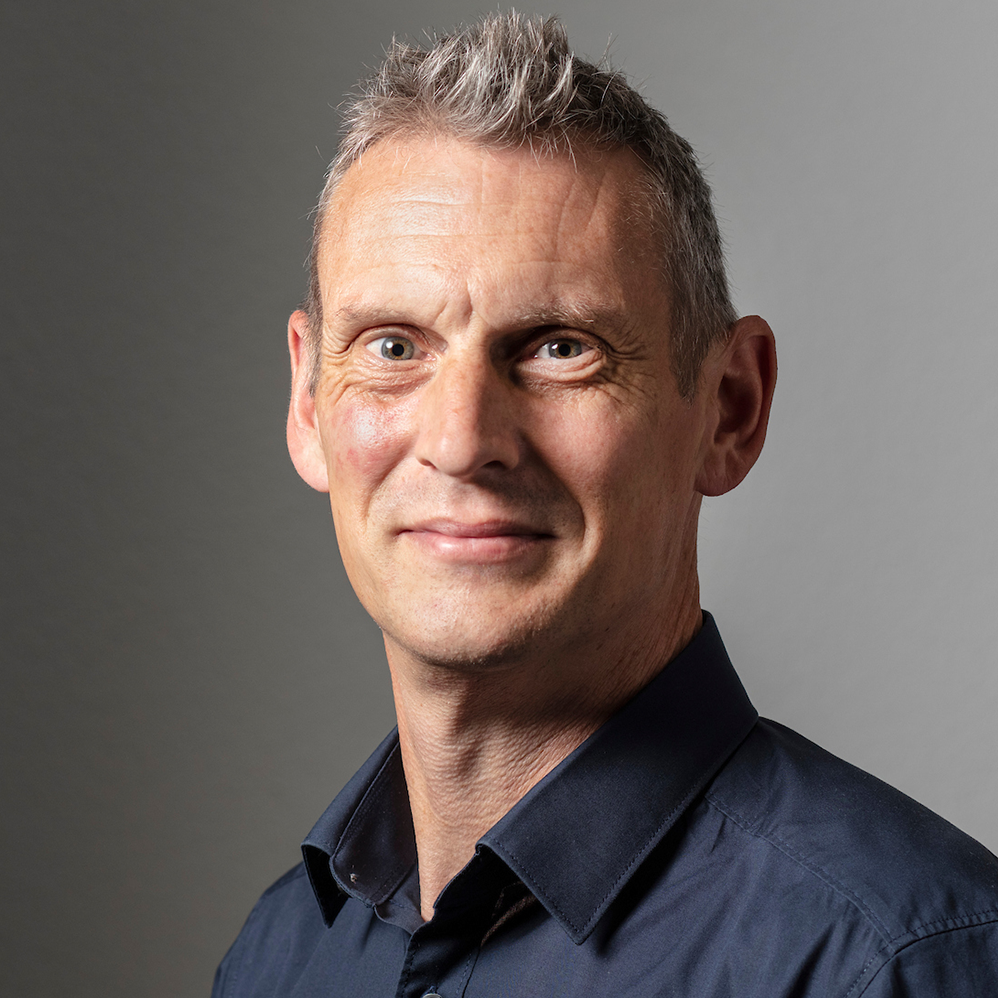
Novartis blossoms from surprise beginnings

Ten years ago Swiss pharmaceutical companies Ciba-Geigy and Sandoz caught the financial world unawares by announcing a merger to create Novartis.
Today Novartis, a Latin phrase meaning “new ways”, has outstripped Basel rival Roche and the juggernaut shows no signs of slowing.
Novartis is one of the world’s undisputed pharmaceutical heavyweights, ranked fourth last year in terms of total pharmaceutical sales by market researchers IMS Health.
Net profit soared ten percent in 2005 to a record SFr7.8 billion ($6.1 billion) with net sales of SFr41.7 billion.
Last year the company become the world’s biggest producer of generics and the second largest manufacturer of over-the-counter drugs in Europe after a series of high profile acquisitions.
But on March 7, 1996, no one knew what to expect when the creation of Novartis was announced, according to analyst Karl Heinz Koch of private bankers Lombard Odier Darier Hentsch.
Huge surprise
“It was a huge surprise at the time and was one of the best kept secrets in the pharmaceutical industry,” he told swissinfo.
“Sandoz was doing well, but the problems Ciba-Geigy was facing in its production line were apparent. It did not seem the most obvious move, but with hindsight the merger was very good business.”
Novartis formally came into existence on December 20 and beat all expectations in 1997 on the back of its blockbuster anti-hypertension drug Diovan.
But the fledgling company soon ran into some problems as agribusiness, a key component of Novartis’ portfolio, foundered on the public backlash against genetic engineering. Novartis soon abandoned this field with the spin-off of its crop protection and seeds division in 1999 to concentrate exclusively on the healthcare sector.
Chief executive Daniel Vasella, who also became chairman in 1999, engineered the turnaround in fortunes.
Credit to Vasella
“Novartis obviously had some problems, but they were adequately addressed, and credit must go to Vasella for achieving this,” said analyst Koch.
“He very clearly had a strong grip on the operational side of the company in the early years and had everything under close control. He has stepped back from operations in recent years to concentrate on strategy, but he is still the undisputed authority at Novartis.
“Since 2001 the company has gained in market share every year [currently standing at 5.05% of the global total according to IMS Health].”
This has been driven by the steady production of blockbuster drugs from the pipeline, including “magic bullet” leukemia therapy Gleevec/Glivec and cancer treatment Zometa.
In 2001 Novartis acquired 20 per cent of the voting shares in rival company Roche, which was increased to a third the following year. Vasella has repeatedly made clear his desire to merge the two pharmaceutical giants, but Roche’s founding family members have rejected the idea.
Major acquisitions
Undeterred, Vasella sought expansion elsewhere with a series of major acquisitions in 2005. Novartis became a world leader in generics after buying Hexal of Germany and Eon Labs in the United States.
This was followed by the acquisition of the rights to a portfolio of over-the-counter products from Bristol-Myers Squibb.
Later in the year Novartis turned its attention to vaccine maker Chiron, in which it already held a 42 per cent stake. Novartis intends to complete the buyout this year and launch a new vaccines division.
Chiron would represent the last big money deal, according to Koch, who expects Novartis to focus on smaller targets in future.
Koch feels Novartis will continue growing in the near future, but predicts 2012 will be a make or break year for the company.
“I believe 2012 will be a critical year for Novartis as a number of patents will expire, including Diovan,” he told swissinfo.
“But the company seems to be doing everything necessary to address this fallout. They have a very strong line-up of products in the pipeline and they are very good at managing the life cycles of products.
“I have very little doubt that Novartis will continue to grow.”
swissinfo, Matthew Allen
Novartis turned in a record profit of SFr7.8 billion ($6.1 billion) with net sales of SFr41.7 billion in 2005.
Last year healthcare market researchers IMS Health rated Novartis as the fourth largest pharmaceutical in the world in terms of total pharmaceutical sales (SFr27.08 billion) and estimated the Basel-based giant had a 5.05% share of the total market.
Daniel Vasella was appointed CEO of the newly created Novartis at its inception in 1996 and has served in that role ever since. He also became chairman of the company in 1999. Previously he was CEO of Sandoz Pharma.
Novartis was formed in 1996 through the merger of Ciba-Geigy and Sandoz.
The company became the world’s biggest producer of generic drugs last year when it bought German company Hexal with its US strategic partner Eon Labs.
Novartis is the second largest manufacturer of over-the-counter drugs in Europe. It strengthened the OTC business last year by buying a portfolio of OTC products from US company Bristol-Myers Squibb.
The pharmaceutical giant plans to launch a fourth division, vaccines, if its takeover of California-based Chiron gets regulatory approval this year.

In compliance with the JTI standards
More: SWI swissinfo.ch certified by the Journalism Trust Initiative





























You can find an overview of ongoing debates with our journalists here . Please join us!
If you want to start a conversation about a topic raised in this article or want to report factual errors, email us at english@swissinfo.ch.